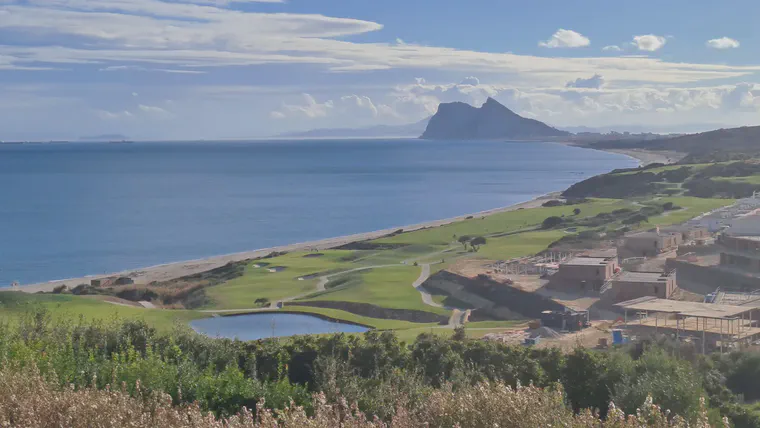MLSN is not GP, and GP is not MLSN
I know this can use more explanation, because I’ve heard people refer to “their MLSN N” as being some amount. When I first heard that, I was taken aback, because nitrogen (N) is explicitly not part of MLSN. After hearing this repeatedly, and finding it usually in the context of a site-specific N prediction that is generated by the PACE Turf climate appraisal form, I wanted to write a few words again1 about growth potential (GP), nitrogen, and MLSN.
The MLSN part
The MLSN guidelines are designed to prevent nutrient deficiencies by ensuring the grass is supplied with all the nutrients it can use, no matter the growth rate. Let’s use potassium (K) as an example.
If the grass is not growing, then its K use rate will be 0, and its K requirement will be 0. When the grass is growing rapidly, then it is going to use a lot of K, and that K use by the grass needs to be supplied either from K that is already in the soil, or from K that is added as fertilizer.
Using the MLSN method to interpret soil tests ensures that no matter the growth rate—fast, slow, somewhere in-between, or dormant—the grass will be supplied with enough K.2
The growth potential (GP) part
The GP gives an indication of how much the grass may grow at a location, based on the site temperatures. Notice the may in the previous sentence. I will come back to that in the nitrogen section coming up. That potential growth at a location, simply, without numbers,3 can be described like this.
At the South Pole, the temperatures are cold. So cold, in fact, that grass wouldn’t grow. In fact, according to Wikipedia, “Due to its exceptionally harsh climate, there are no native resident plants or animals at the South Pole.” Grass won’t grow there, and when grass doesn’t grow, it won’t use nutrients.
We can go to Bangkok, near the equator, to find a tropical location where grass has the potential to grow rapidly every month of the year. If the grass was growing rapidly, it would use a lot of nutrients.

What GP is doing is taking temperatures, from a location like the South Pole, Bangkok, or Sotogrande, and converting them to a potential for the grass to grow.
The nitrogen (N) part
If the grass grew on its own at the desired rate, no matter the GP, then turf managers would not need to apply N fertilizer. But N is what allows the grass to grow, or causes the grass to grow—take N out of the grass, soil, and water, and the grass will stop growing.
I mentioned that GP gives an indication of how much the grass may grow. The GP and the amount of N supplied to the grass are primary factors influencing how much the grass will grow. When the GP is 0, as it is at the South Pole, then it doesn’t matter how much N is supplied—the grass won’t grow. When the GP is above zero, and the grass can grow, then the N supply influences how much the grass grows. The PACE Turf climate appraisal form is making a calculation for a normal maximum amount of N, given the temperatures and the maximum N that are input into the form.
The N rate that one applies—that should be dependent on how much one wants the grass to grow, and on how much the grass actually is growing. It makes sense to me to use the growth ratio to check this.
Where MLSN comes in is that no matter the N rate, and no matter the resultant growth rate, the calculated amount of K, P, Ca, Mg, and S to apply will be based on that maximum potential growth rate. But the N rate itself? That’s not coming from MLSN. The N rate is coming from how much the turf manager wants the grass to grow, and that value can be estimated using GP.
Again, because I’ve written about this before—of course—see N & MLSN: what’s the connection? for another discussion of this topic. ↩︎
MLSN ensures that no matter the growth rate, the grass will be supplied with enough K, P, Ca, Mg, and S. N, as this post says, is not part of MLSN. And micronutrients are not part of MLSN either—see Do the MLSN guidelines use 17 essential nutrients? ↩︎
Of course I’ve written about GP without using numbers before too: see GP is a number. It’s explained here in photos and words for more. ↩︎